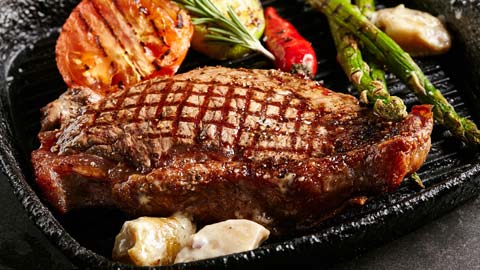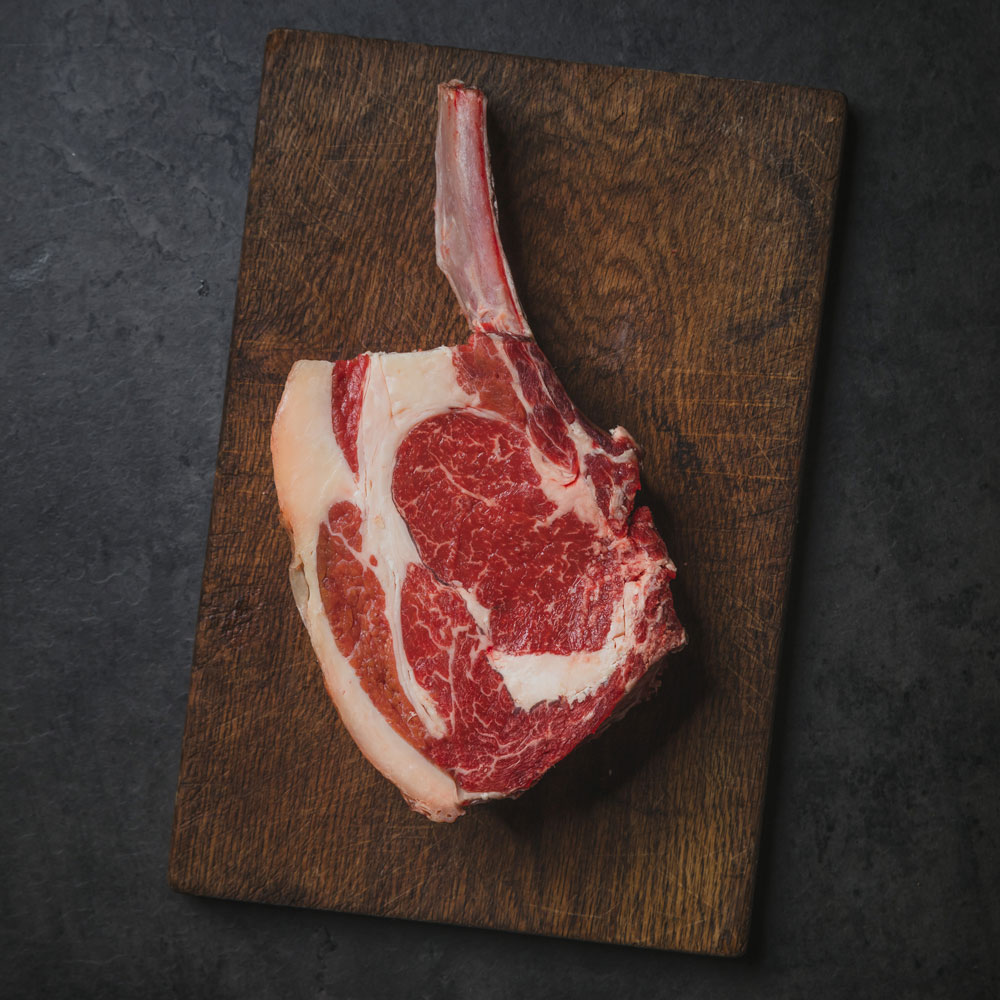We use cookies to help you navigate efficiently and perform certain functions. You will find detailed information about all cookies under each consent category below.
The cookies that are categorised as "Necessary" are stored on your browser as they are essential for enabling the basic functionalities of the site. ...
Necessary cookies are required to enable the basic features of this site, such as providing secure log-in or adjusting your consent preferences. These cookies do not store any personally identifiable data.
Functional cookies help perform certain functionalities like sharing the content of the website on social media platforms, collecting feedback, and other third-party features.
Analytical cookies are used to understand how visitors interact with the website. These cookies help provide information on metrics such as the number of visitors, bounce rate, traffic source, etc.
Performance cookies are used to understand and analyse the key performance indexes of the website which helps in delivering a better user experience for the visitors.
Advertisement cookies are used to provide visitors with customised advertisements based on the pages you visited previously and to analyse the effectiveness of the ad campaigns.

Steak lovers know that there’s something special about cooking a steak on a barbecue. The smoky flavor and charred exterior add a unique touch to the meat. If you’re looking to try different ways to cook a steak on a barbecue, here are a few methods to consider:
1. Direct Grilling: This is the most common method of cooking steak on a barbecue. Start by preheating the grill to high heat. Season the steak with salt, pepper, and any other desired spices. Place the steak directly on the hot grill grates and cook for a few minutes on each side, depending on the desired level of doneness.
The cooking time for every steak (and the taste of every cook) will vary, making it difficult to say for certain how long to cook a steak to perfection.
As a rough guide, a 2cm thick steak will take 3 minutes in total for rare, 4–5 minutes in total for medium and 7–8 minutes for well done.
2. Reverse Searing: This method involves cooking the steak indirectly before searing it on high heat. Start by preheating one side of the barbecue to low heat and the other side to high heat. Place the steak on the low-heat side and cook until it reaches an internal temperature of about 10-15 degrees below the desired level of doneness. Then, move the steak to the high-heat side and sear it for a couple of minutes on each side to develop a flavorful crust.
3. Smoking: If you’re a fan of smoky flavors, consider smoking your steak on the barbecue. Use wood chips or chunks to create smoke and add flavor to the meat. Indirect heat is key here, so place the steak away from the heat source and let it cook slowly. This method requires a bit more time, but the result is a tender and flavorful steak.
4. Sous Vide and Searing: Sous vide is a cooking technique that involves vacuum-sealing the steak and cooking it in a water bath at a precise temperature. Once the steak is cooked to the desired doneness, remove it from the bag and finish it off by searing it on a hot barbecue. This method ensures a perfectly cooked steak with a beautiful crust.
Remember, no matter which method you choose, it’s important to let the steak rest for a few minutes before slicing into it. This allows the juices to redistribute and ensures a tender and juicy steak. Experiment with these different methods to find your favorite way of cooking a steak on a barbecue. Enjoy the delicious results!
A digital probe thermometer is a great tool for being sure all the meat you cook is just right, especially if you cook a big piece of steak for sharing, or a thick steak. Internal temperatures are a more reliable test for how well done or rare the steak is.
The middle of the steak should be around 50C for rare, 55C for medium-rare, 60C for medium and 70C for well done.
A steak will still rise in temperature after you take it off the heat to rest, aim for removing from the steak when the core temperature is 4C below the target temperature.



Here's a handy chart to help determine the right portion sizes for meat joints based on appetite size:
| Appetite Size | Boneless Meat (g per head) | Bone-in Meat (g per head) |
|---|---|---|
| Small Appetite | 125–150 g | 200–250 g |
| Medium Appetite | 150–200 g | 250–300 g |
| Large Appetite | 200–250 g | 300–350 g |
| Extra Large Appetite | 250–300 g | 350–400 g |
These portions are for the main course. If the meat is part of a larger meal with substantial sides, you could reduce the quantities slightly. For feasts or special occasions where people may indulge, consider the higher end of the range.
